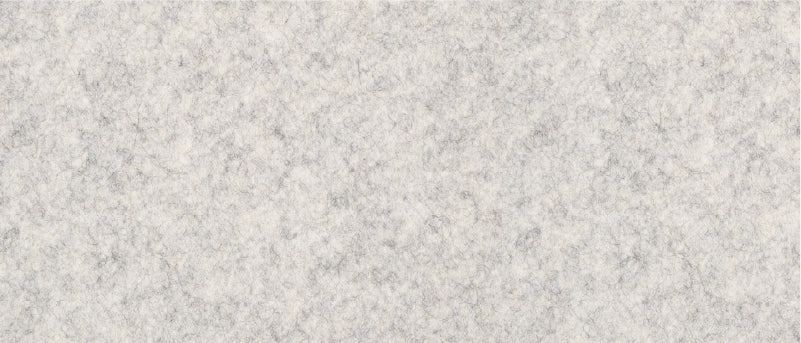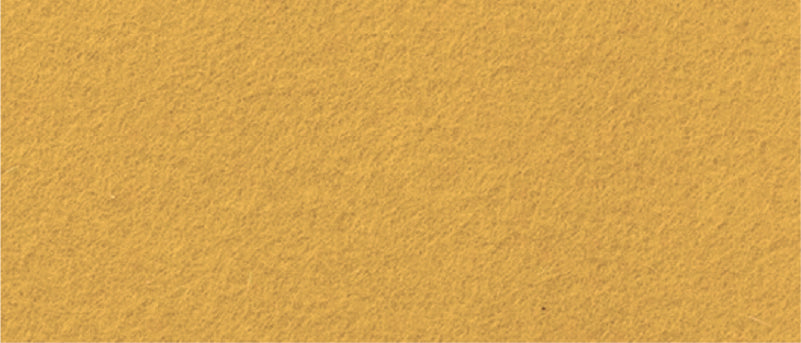
Water
Great news! Water will not damage Merino wool nor our cotton canvas. In fact, the material is able to wick away large quantities of moisture - which is why our products are so popular!
For wool, let it air dry and, if needed, lay it flat with some weight on top to keep the fibers in place.


Wine, oil, and food
Step 1: Wet the spot well with a mix of warm water and light detergent until saturated.
Step 2: Massage the stain lightly to break up fibers - wait 2 or 3 minutes.
Step 3: Pat – don’t rub - the area firmly with absorbent paper towel to remove moisture.
Step 4: Repeat 1-3 as necessary till stain visibly lightens.
Step 5: Rinse and repeat until detergent clears.
Step 6: Pat (again, don’t rub) surface well and lay flat to dry.

Dry stains
Lint rollers are a best first option for dry stains - a few passes with a good adhesive roller should reduce dry stains significantly and freshen up any felt product.
We recommend doing that anyway with all products, it will get them looking like new.


Vacuum
What if I get mud on my bag? The most important thing to do with mud is let it sit and dry (that should be easy enough). Dryness is the key for releasing fine dirt particles. Once dry, slightly beat the felt to knock out the remaining dust as much as possible. Vacuum lightly to finish.
Wait, vacuum?
It may seem strange, but it works!
A few tips are: make sure hose attachment is clean; hold the felt securely in place; apply the vacuum with quick up and down motions to the affected area.











